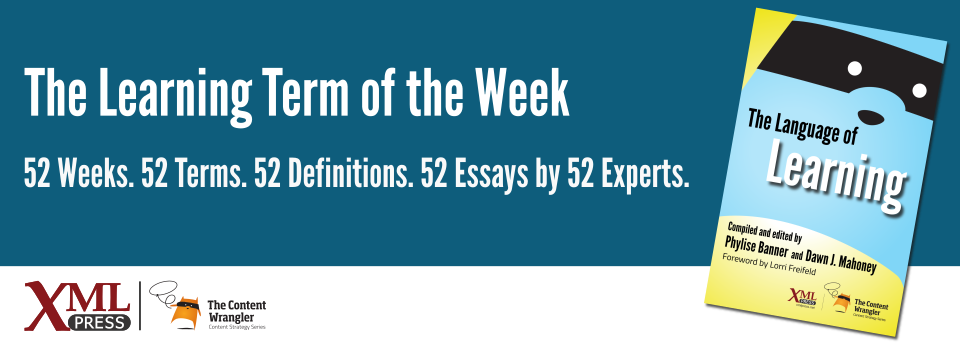What is it?
The way learning content is presented to learners. Possibilities include in-person, lecture, digital, electronic, synchronous, asynchronous, and more.
Why is it important?
Delivery mode is important because the right delivery mode can help showcase content more effectively and facilitate learning and retention. While it is often considered a static concept that is either a designated location or type of technology, delivery mode is neither static nor one size fits all. Instead, the delivery mode should be chosen based on what is to be learned and the needs of the learners. Delivery mode can also be combination of two or more modes, often referred to as taking a blended approach.
Why does a business professional need to know this?
Business professionals need to have an understanding of delivery modes so they can work with learning and development professionals to select the best delivery mode(s) for their needs. Factors to consider when selecting a delivery mode include:
- Business reasons for requiring learners to complete training
- Who the learners are, e.g., new staff or experienced staff
- The learners’ current skill levels
- Available resources, including people, budget, and time
- How soon the learning needs to become a part of the learners’ routine
- Size of the learner population
- Aspects of existing training that are no longer relevant or effective
- Nature of the content, e.g., completely new or a refresher
- Complexity of the content
- How learner proficiency will be evaluated, e.g., quizzes, proficiency tests, timed drills, observation, problem solving, and so forth.
Knowing the responses to these considerations can help you or your instructional designer assess how best to present the content. Methods for presenting content include the following:
- Demonstration
- Distance learning, whether synchronous or asynchronous
- eLearning
- Hands-on learning
- Informal learning
- Lecture
- Lab
- Job aids or performance support tools, e.g., labeled images, checklists, or step-action tables
- Projects, e.g., individual or group
- Peer mentoring and coaching
- Microlearning modules
- Simulation, whether on the job or using augmented or virtual reality
- Social learning
- Solving problems or resolving challenges
- Video, e.g., tutorial, scenario, simulation, or interactive video
References
- (UBuffalo) Delivery Modes and Teaching Approaches: University of Buffalo Curriculum, Assessment, and Teaching Transformation. Website.

